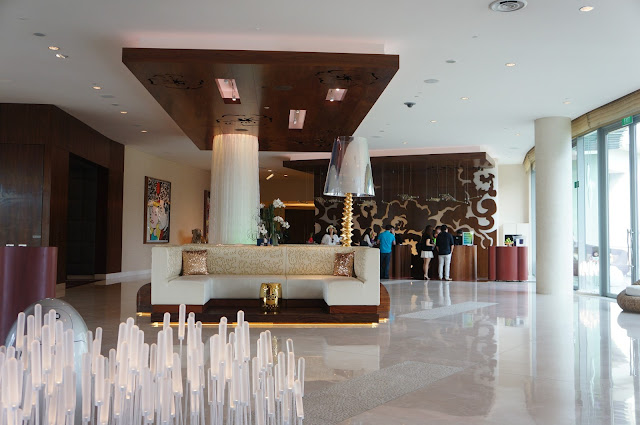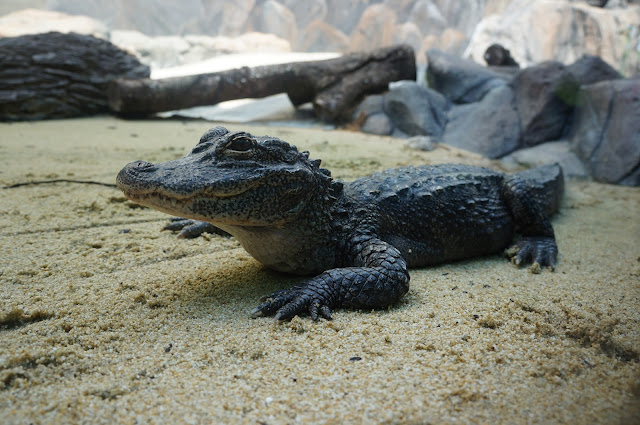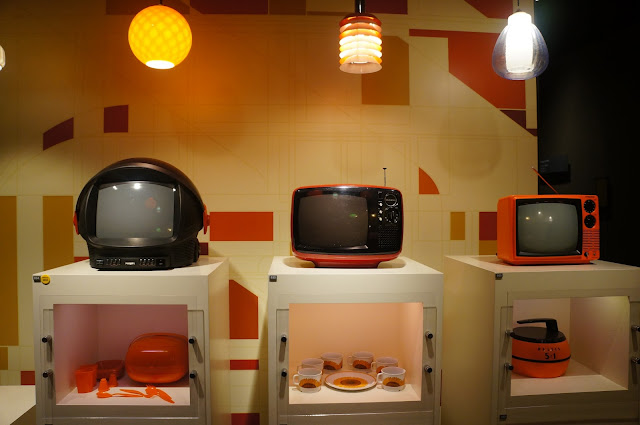Woke up this morning and found this on my Facebook newsfeed:
One-stop haze portal for S'poreans (see
website). Seriously, is this really what we need? I guess, currently, the winner of the most surfed Singapore website will be
NEA's PSI and PM2.5 Readings. Everyone is obsessed with the numbers now... watching it so closely like watching an exciting stock market go up and down... and sometimes even trying to predict the next number. But remember! It's not a measurement of the current condition, it's the measurement of 3 hours that had
past.
Have you got your
air purifier yet? If not, this piece of news on CNA could come in handy:
6 out of 7 air purifiers sold in Singapore pass performance test. But... really... what's difference between air purifier, air sterilizer and air ionizer? I'm the type of consumer who will want to make sure that the device I buy really works, according to their claims. I don't buy into groundless marvelous claim of "miracle" products, especially when it is a so-called Scientific one.
KB and I walked into Harvey Norman and Robinsons to take a look at their air purifier / sterilizer / ionizer products... and found two major brands that they carry: (1)
Novita and (2)
Sharp. From my memory,
Maier is sold in Home-Fix... and I thought I only saw those ionizer for car, didn't see those for home. As for the other brands, I haven't seen them yet... they could be sold in other major electronic departmental stores.
Generally, air purifier (air filtering system) works because they have the HEPA filter. This is the most important part that is attacking the bacteria, dust and whatever nonsense. If the system does not have a HEPA filter, then it should have a UV (ultra-violet) lamp, which also kills bacteria, but it certainly have no effect on dust. Any kind of air purifier should have some kind of filter, but many US reports state that it wouldn't work without this HEPA filter... so it is important to check that it has HEPA filter.
Interestingly, Panasonic's SG and US websites do not have information about their air purifiers. According to their MY website, their purifiers consist of composite filter, not HEPA filter. In addition, they uses the
nanoe technology to kill viruses... in which, their illustration doesn't make sense to me... how can an OH radical be wrapped in a water molecule, since they are almost the same size. (Special mention of Panasonic because this brand did not pass the test, according to CNA's news article.)
Then, there are some purifier systems that included the ioniser component after the filter, to generate negative ions. This is actually the air ionizer part. It's worth noting that
Sharp's Plasmacluster technology works differently... it produces not just negative ions, but also positive ions. In their write-up about how this technology is developed (see
link), they mentioned that ozone is not suitable because the ozone concentration required to kill bacteria and remove odour, would also be toxic to human. This claim is consistent with FDA's limitation on ozone generating devices (see
link) and is also supported by Consumer Reports organization (see
link). With these findings, I don't believe the "safe but effective level of ozone is emitted to purify / sterilize the air" theory.
Air purifier isn't the only thing that has suddenly become an essential part of our lives.
Face mask, too, has become an essential protection against the smoky air. This is the easier one to understand. Not N95 mask? Then, it's not providing enough protection. Adding on to this, it is also worth noting that a poorly fitted N95 mask does not provide good protection too! (See HBP's website on the
Six Steps to wearing the N95 Mask.) Unfortunately, N95 had been developed for professional use, which means that there is very little research done to cater to children's need. Anyway, why the number "95"? Because it filters 95% of the bacteria and particles. Why "N"? Because "N" for
non-oily aerosols ("R" for oil-
resistant and "P" for oil-
proof; see 3M's
article).
A study was done to compare the effectiveness of various masks (see
journal article). The surgical mask was found to have <50% filtering efficiency. But now that N95 is
forever out of stock, using surgical mask is really better than nothing. As for the helpful note that everyone's circulating around, about putting a wet tissue in between two pieces of surgical mask, to help trap the dust... this seems to make sense, but until proven, I would assume that it might not work. I'm just wondering... doesn't the wet tissue makes it hard to breathe? Oh! Beware of mask that claims to be N95 too! It should be NIOSH approved! (Check your mask model against CDC's list in this
link.)
By the way, have you seen this
message passing around: "Please bring a huge umbrella out today and avoid rain water at all cost. Government is planning to seed the clouds to rain and according to my chemist friend, the rain water is harmful to human skin. So if you see rain falling, stay indoor and don't rain dance around." Now... seriously, who is this chemist?! Government need to hire this talented chemist to make official announcement to everyone! (And was there any rain at all
today?!)
And here's another one: "(someone) who is doing PhD in Biochemistry said that these particulates (in the haze) are too tiny and they will bypass the hairy and mucous nose to lodge into the lungs. As these particulates are non-water solvent, they will stay in the lungs, will cause cells to mutate and potentially cancer cells can develop from there. So do take care and keep your children and elderly folks indoors. And wear N95 masks even though it's a short walk from home to car and office." Hmmm... this one seems to make more sense... (Our government really need to hire all these talents and give them some sort of award for their contribution!)






















































